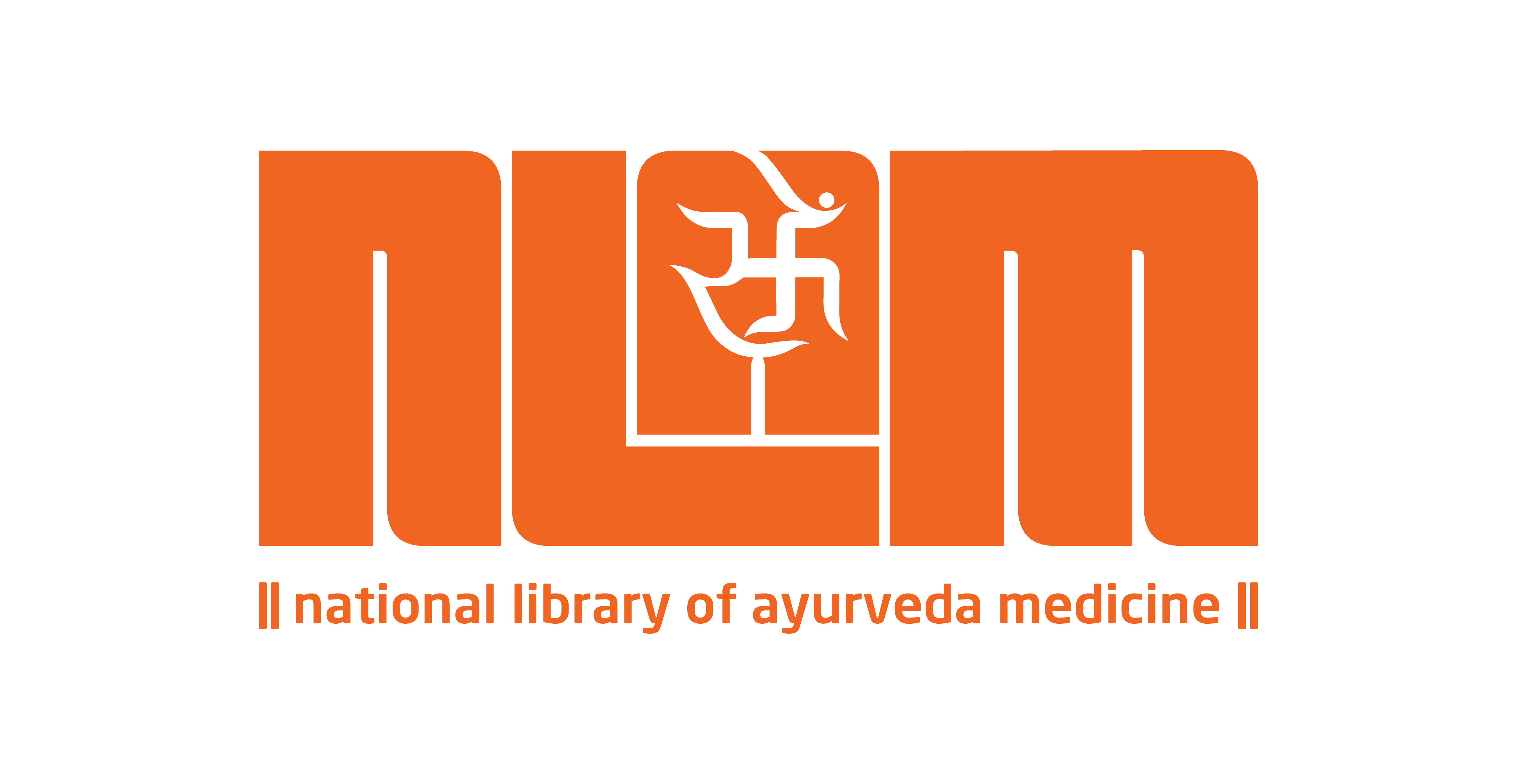
Kasturi

Image Unavailable
TRADE NAME
Musk
ABOUT
Kasturi commonly known as Musk is the name originally given to a substance with a penetrating odor obtained from a gland of the Male Himalayn Musk deer (Moschus chrysogaster), which is situated between its stomach and genitals. The Musk deer is commonly found in Nepal region. Kasturi fetches very high price in markets due to its aromatic and medicinal properties. Kasturi is procured from the belly of the deer. Healers inform about a special technique to obtain the Musk without killing the deer. However nowadays this techinique is not used which has led to indiscriminate killings of the Musk deer. Kasturi being a scarce natural product it is often adulterated. Common adulteration is found in form of bile obtained from some cat species. Sometimes bile procured from bear is also used. Traditional vaidyas give the following tips to identified pure Kasturi.- Kasturi has a black-brown or somewhat maroon colour
- Kasturi if left open its aroma dissipates in the air. Hence it is to be preserved very carefully.This information busts the myth that Kasturi gives long lasting aroma.
- Kasturi has subcutaneous absorption. Hence if Kasturi is rubbed on the back side of the palm it can cause blood pressure changes (reference needed)
SHODHAN OR AYURVEDA PURIFICATION PROCESS
No specific purification process for Kasturi is found in Ayurveda treatise which may indicate that Kasturi does not require to undergo specific purification process and can be directly used as medicine. However if Kasturi is contaminated with dust or other foreign particles it is advisable to filter them out.
SUGGESTED READING
Check Wikipedia.org Entry for Kasturi.



 Your current navigation map.
Your current navigation map.